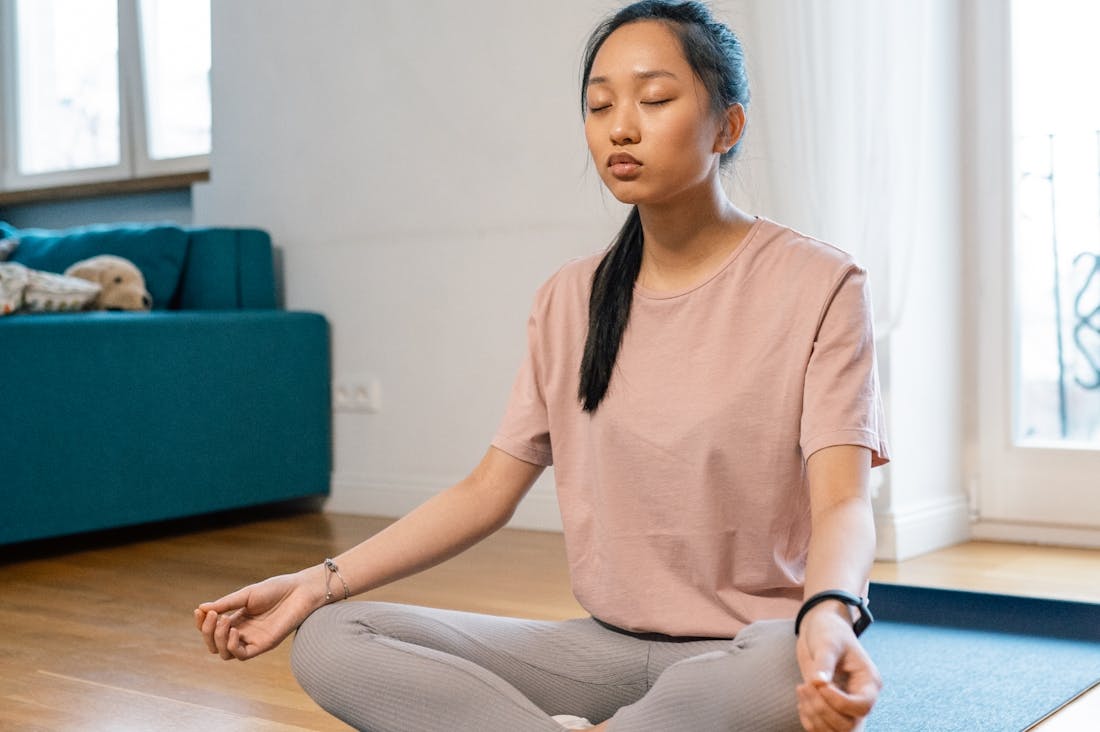In our fast-paced world, the art of mindfulness often finds itself overshadowed by distractions and stress. "Cultivating Mindfulness in Everyday Life" invites you to explore simple yet profound practices that can seamlessly integrate into your daily routine. By fostering present-moment awareness, you can enhance your well-being, reduce anxiety, and cultivate resilience. This guide offers practical tips and techniques that empower you to transform ordinary moments into opportunities for mindfulness, ultimately enriching your life and nurturing a deeper connection with yourself and the world around you. Embrace these practices and embark on a journey toward greater peace and fulfillment.

The Science Behind Mindfulness and Its Benefits
Mindfulness, rooted in ancient contemplative practices, has gained significant attention in modern psychology and neuroscience for its numerous benefits. At its core, mindfulness involves paying intentional, non-judgmental attention to the present moment, which has profound effects on mental and physical health. Research reveals that mindfulness practice can enhance neuroplasticity, creating new pathways in the brain associated with emotional regulation, stress reduction, and improved focus. Studies indicate that mindfulness can lower levels of cortisol, the stress hormone, while also increasing the density of gray matter in areas linked to memory and empathy. Furthermore, practitioners often report reduced anxiety, improved mood, and better overall well-being, highlighting the transformative potential of incorporating mindfulness into daily life. Through techniques like meditation, breathing exercises, and mindful awareness, individuals can foster greater resilience and a deeper connection to their thoughts and feelings, leading to a more balanced and fulfilling life.

Practical Mindfulness Techniques for Busy Lives
In today’s fast-paced world, integrating mindfulness into a busy lifestyle is both essential and achievable. One practical technique involves the practice of mindful breathing: taking just a few minutes each day to focus on your breath can ground you amidst distractions. Another effective strategy is to incorporate mindfulness into routine activities, such as eating or commuting; savor each bite or consciously notice your surroundings instead of multitasking. Short, dedicated breaks throughout the day, even if just for a minute, can also serve as moments of mindfulness, allowing you to recharge and refocus. Apps offering guided meditations or mindfulness exercises can further support your practice, making it accessible even in the midst of a hectic schedule. Ultimately, the key is consistency; setting aside small pockets of time for mindfulness can enhance your overall well-being and promote a sense of calm amid daily chaos.

Creating a Mindful Space at Home
Creating a mindful space at home involves designing an environment that fosters tranquility and promotes mental well-being. Start by decluttering areas to reduce distractions and create a sense of calm. Choose soft, natural lighting and incorporate plants to enhance air quality and bring the outdoors inside. Soft textures, such as cozy blankets or cushions, can encourage relaxation and comfort. Select colors that evoke serenity, like muted blues or greens, and add elements that resonate with you, such as artwork or photographs that inspire joy. Establish designated areas for mindfulness practices, like meditation or yoga, to cultivate a routine that nurtures your mental health. Regularly engage in activities that bring you joy in this space to make it truly yours.
Mindful Movement: Embracing Bodily Awareness
Incorporating mindful movement into your routine is an excellent way to deepen your practice. Activities such as yoga, tai chi, or even a simple walk can transform into profound mindfulness experiences. By tuning into your body's sensations, you enhance your awareness of the present moment. Focus on how each movement feels, from the stretch of your muscles to the rhythm of your breath. This practice not only promotes physical health but also allows you to release tension and stress. Take your time, move deliberately, and let each motion become a meditation. Mindful movement can bridge the gap between your physical and mental well-being, providing a holistic approach to mindfulness.
Mindfulness in Relationships: Deepening Connections
Practicing mindfulness in your relationships can lead to deeper connections and improved communication. By being fully present when interacting with others, you cultivate empathy and understanding. This means actively listening without planning your response while the other person speaks. Acknowledge their feelings and thoughts, creating a safe space for open dialogue. Mindfulness encourages you to respond thoughtfully rather than react impulsively, fostering a more compassionate relationship. Regularly practicing mindfulness together, through shared activities or discussions, can enhance the bond you share, enriching your connections with loved ones and creating a supportive network.
Mindfulness and Nature: Reconnecting with the Outdoors
Nature has a unique ability to ground us and enhance our mindfulness practice. Spending time outdoors allows you to immerse yourself in the sights, sounds, and smells of your environment. Engage fully with nature by observing the colors of the leaves, the sound of rustling branches, or the feel of the breeze against your skin. Whether it's a walk in the park or a hike in the woods, nature invites you to slow down and appreciate the world in a new light. By consciously connecting with the natural world, you can cultivate a sense of belonging and peace, which deepens your mindfulness practice and nurtures your mental health.
The Role of Gratitude in Mindfulness Practice
Integrating gratitude into your mindfulness routine can profoundly enhance your overall experience. Taking time to reflect on what you are grateful for can shift your focus from stressors to positive aspects of your life. This can be as simple as maintaining a gratitude journal, where you jot down three things you appreciate each day. Reflecting on these moments encourages a positive mindset and fosters emotional resilience. When you practice gratitude mindfully, you create space for joy and contentment, counteracting feelings of anxiety or dissatisfaction. This intentional focus on gratitude helps to reinforce the benefits of mindfulness, leading to a more fulfilling and enriching life.
AI-Assisted Content Disclaimer
This article was created with AI assistance and reviewed by a human for accuracy and clarity.